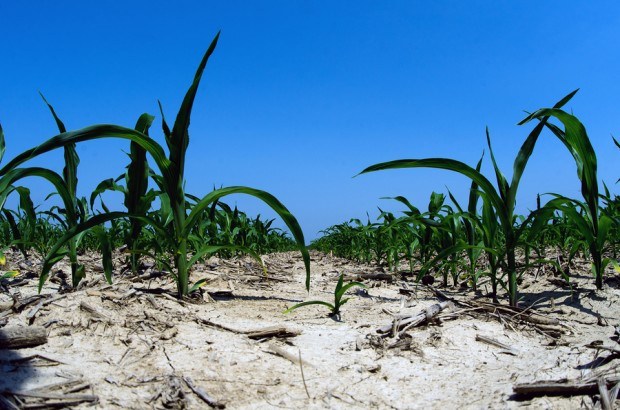Eurozone banks face potential climate hazards such as floods and droughts on up to a third of their loans to companies, with lenders in Greece, Portugal and Spain among the most exposed, the European Central Bank said on Monday.
The ECB study is part of a broader analysis of the risks that climate change poses to the financial sector, ranging from physical damage to changes in regulation or in consumer preferences.
It found that around 30 percent of euro area banks’ corporate loan book is exposed to businesses located in areas where the risk of floods, droughts, extreme heat, wildfires or a rise in sea levels is high or rising.
“This may become increasingly relevant if emissions are not effectively reduced in the long run and if firms and economies fail to adapt to climate change,” the ECB said.
With 18 percent of firms in Southern Europe highly or increasingly exposed to extreme heat, water scarcity or wildfires, banks in those countries emerged as the most exposed.
Some 80 percent of Greek banks and roughly 40 percent of Portuguese and Spanish banks were exposed to multiple risks, the ECB’s study showed.
While two-thirds of loans to areas at high or rising risks are secured by collateral, half of that is made up of physical assets — whose value is itself subject to those same hazards — in sectors such as manufacturing and real estate
Only a third of climate-related economic losses in the euro area are insured, with that share falling as low as 12 percent in southern Europe, the ECB said, citing Eurostat and NatCatSERVICE data. (Reporting By Francesco Canepa; Editing by Kirsten Donovan)





















 What to Expect in 2026: U.S. P/C Results More Like 2024
What to Expect in 2026: U.S. P/C Results More Like 2024  Good Times for U.S. P/C Insurers May Not Last; Auto Challenges Ahead
Good Times for U.S. P/C Insurers May Not Last; Auto Challenges Ahead  Five AI Trends Reshaping Insurance in 2026
Five AI Trends Reshaping Insurance in 2026  Insurance Costs, Climate Concerns Factor Heavily in U.S. Home Buying Decisions
Insurance Costs, Climate Concerns Factor Heavily in U.S. Home Buying Decisions 









